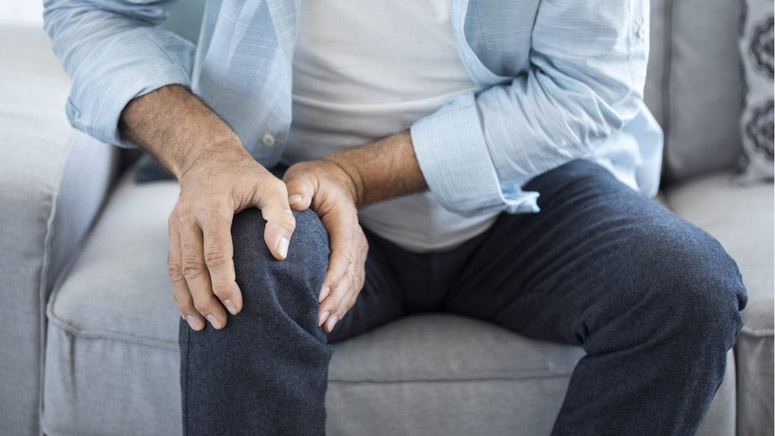The knee menisci are two dense, semicircular (crescent-shaped) pads that are located between the condyles of the tibia and femur. [1] The menisci ensure full adherence of the articular surfaces to each other, filling the lateral cavities of the knee joint. Menisci are joint seals. The role of the meniscus is to relieve the pressure on the cartilage and seal the joint so that the joint is stable during movement. The meniscus takes on a tangible part of the load on the joint and stabilizes its movement.
The meniscus consists of collagen and complex proteins of the extracellular substance. In consistency, it looks more like a tendon than cartilage. Therefore, it is more elastic and durable. The meniscus is involved in nourishing and lubricating the joint.
Damage to the meniscus is a fairly common pathology. [2] More often the internal meniscus is damaged during awkward movement, the mechanism of which is defined as flexion of the knee with rotation. For example – if a person stumbled, slipped, tried to hit a football and missed, hit the ground, awkwardly crouched with knee rotation, they can suffer an injury to their menisci.
What Are the Common Symptoms of Menisci Injury?

The symptoms of a meniscal injury are almost always related to pain and swelling (caused by intra-articular inflammation). In some cases, blockages, locking, distortion, and cracking may also occur. One of the main clinical signs to confirm the suspicion of this injury is the duck gait test, done with the patient in a squat position when the patient is asked to walk in a squat and pain occurs at the lesion.
The major and typical sign that you may experience are listed below;
Pain
The most evident signs and symptoms after the meniscus injury is pain in the front and sometimes side of the knee, which may get worse over time or make it hard to ascend and descend stairs. [3] The pain is initially localized and felt around the knee joint (usually in the internal or external regions of the knee, depending on which meniscus was injured), but, as the days go by, the pain may increase and worsen.
Many individuals have had knee pain at a certain point in time. Tendinitis, muscle strains, and more severe ligament and cartilage injuries may be caused by exercise, sports, and other activities. But the pain that comes from menisci tear is more easily recognized by its characteristic; an initial pain that is localized; Stiffness of joint and pain worsening many days after the injury was sustained.













